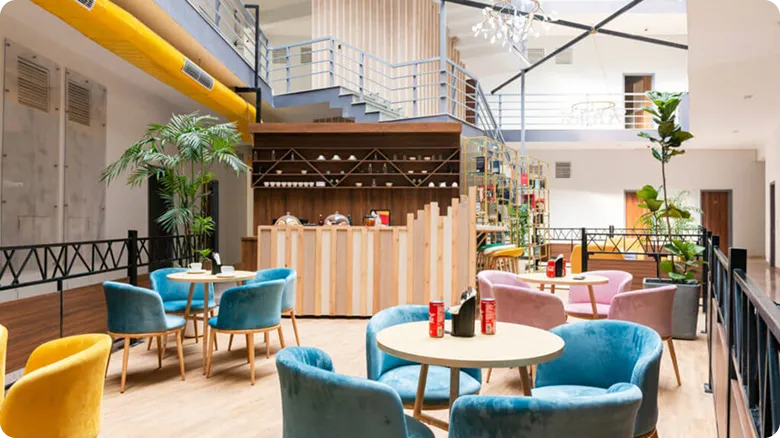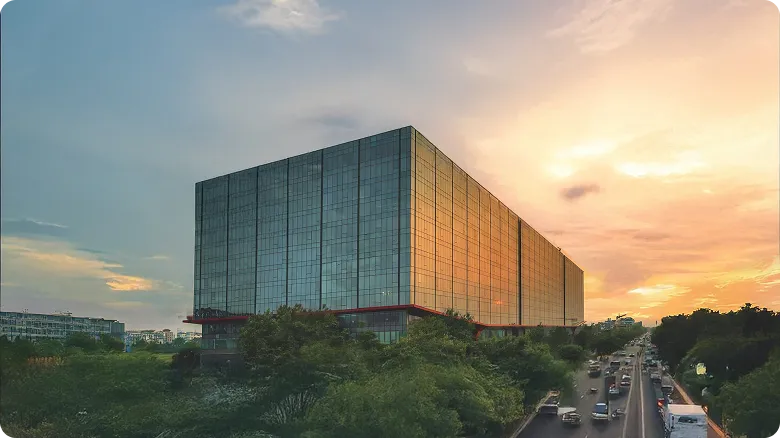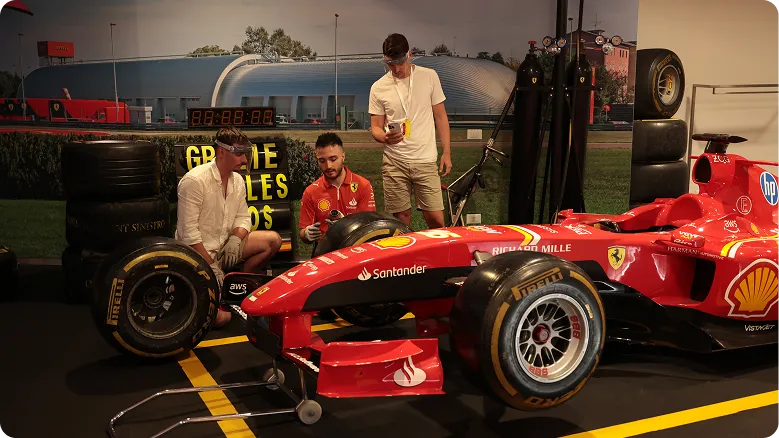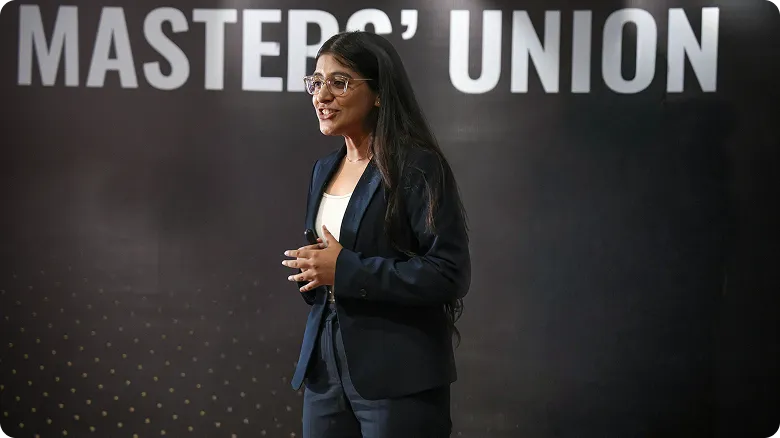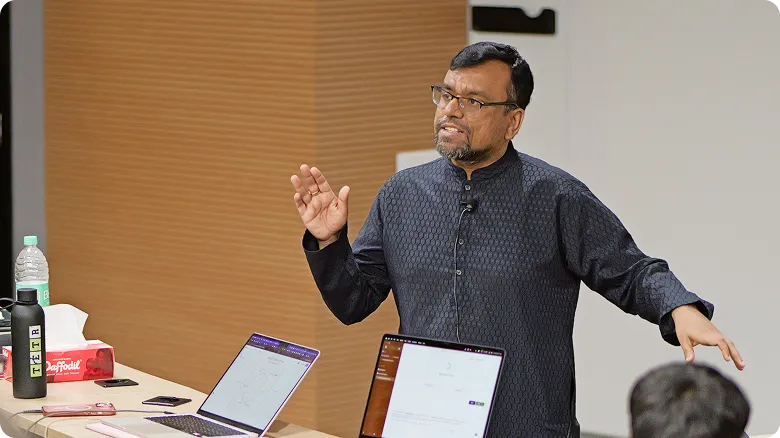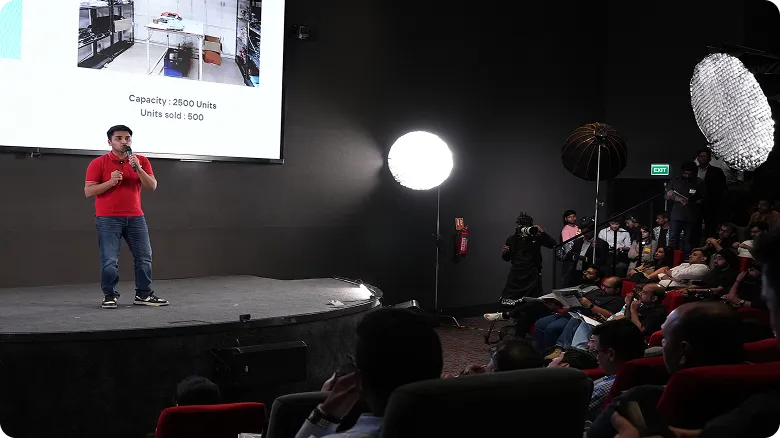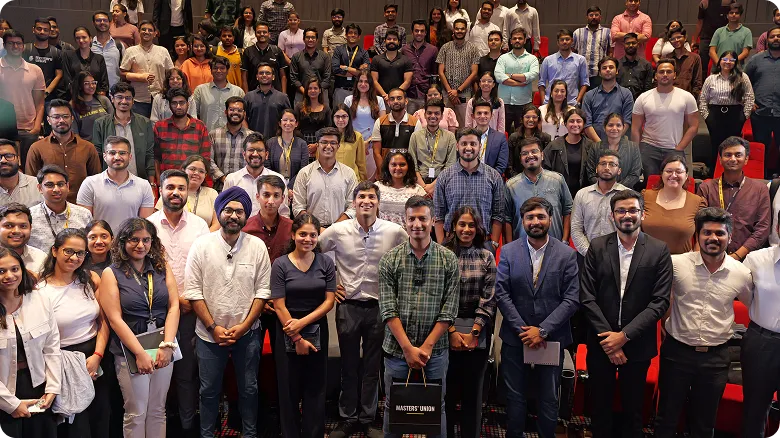Apply to the Shark Tank S5 Campus Special (Open to All Students)
Apply NowUndergraduate
Undergraduate (Global)
Postgraduate
Executive
Family Business
Careers
Innovations
Faculty
MU Ventures
Student Life
Jobs
Become a Master
events
For Companies
Blog
Business
How 10-Minute Food Delivery is Changing Business
March 11, 2025
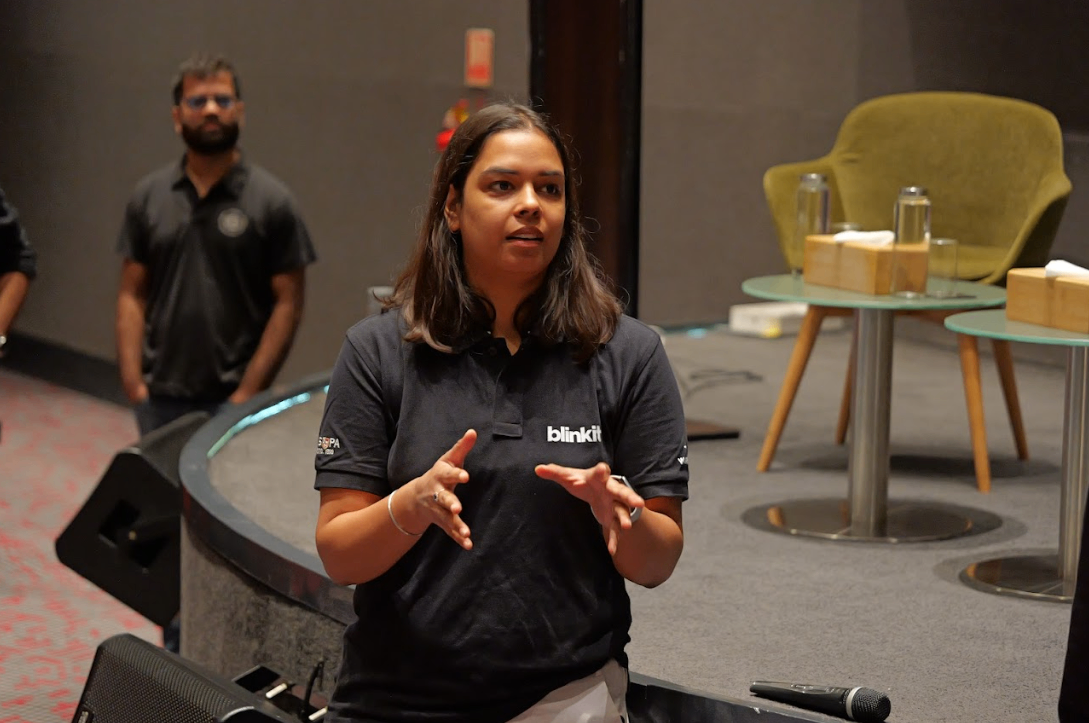
The rise of 10-minute food delivery services is transforming the food and retail industry, redefining consumer expectations and operational efficiency. Startups like Zepto and Blinkit have built business models around hyperlocal logistics, AI-driven inventory management, and dark kitchens to deliver food faster than ever. But while the concept is gaining traction, it also faces scalability and profitability challenges.
The business model behind ultra-fast delivery
At the heart of 10-minute food delivery is a data-driven supply chain that ensures low delivery times without compromising quality. These companies rely on:
-
Dark Stores and Kitchens: Compact warehouses or cloud kitchens strategically placed in high-demand areas to minimize delivery distances.
-
AI & Predictive Analytics: Advanced algorithms anticipate demand and optimize inventory, reducing order processing times.
-
Micro-Fulfillment Centers: Hyperlocal hubs store popular items, allowing rapid dispatch.
-
Optimized Rider Networks: Delivery fleets use real-time traffic updates and geolocation to ensure speed and efficiency.
Challenges in ultra-fast delivery
-
High Operational Costs: The need for densely located hubs, high rider incentives, and efficient tech infrastructure increases operational expenses. Sustaining margins while keeping prices low is a key challenge.
-
Logistics and Safety Risks: With the pressure to meet extreme delivery times, there are concerns about rider safety and potential legal liabilities.
-
Sustainability and Profitability: Many ultra-fast delivery firms operate on thin margins, relying on venture funding to scale. The long-term feasibility of balancing speed, cost, and sustainability remains uncertain.
The future of 10-minute delivery
While the model is disruptive, its long-term survival depends on:
-
Expansion into high-margin categories like ready-to-eat meals, grocery essentials, and premium products.
-
Strategic partnerships with restaurant chains and FMCG brands to offset operational costs.
-
Tech-driven optimization, including autonomous delivery and AI-powered route planning.
10-minute delivery is reshaping urban commerce, influencing how consumers engage with food and retail. While companies like Zepto and Blinkit are driving the trend, the challenge lies in achieving scale, efficiency, and profitability in the long run. Whether ultra-fast delivery becomes a lasting industry standard or a niche service will depend on how well businesses adapt to evolving market demands.








